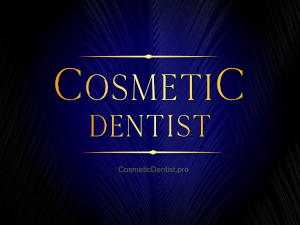Dental Veneers
A Dental Veneer is a thin layer of material placed over a tooth. This is either to improve the aesthetic appearance of the tooth or to protect the it’s surface from damage.
There are two main types of material used to fabricate a dental veneer;
- Dental Composite – I use a material with similar properties to the tooth coloured filling material but with different aesthetic characteristics. A composite veneer may be directly placed (built-up in the mouth).
- Dental Porcelain – these are indirectly fabricated by a dental technician in a dental lab. They are tried in for fit and then bonded to the tooth, typically using a resin cement.
What is the difference between a Veneer and a Crown?
- Dental Crown – These differ from veneers in that they are essentially full veneers as they cover all the coronal tooth surfaces (Mesial, Distal, Buccal/ Facial, Lingual and Occlusal).
- Porcelain Veneers – are ultra-thin, custom-made porcelain laminates which can be used to achieve relatively instant harmony between your teeth in a similar way to orthodontics and/or full coverage crowns, whilst usually maintaining much more tooth tissue (known as minimally invasive/ a conservative approach to tooth tissue preservation).
- Porcelain (metal free) Crowns – can also be used in much the same way as veneers although they may require a little more tooth tissue removal. They are sometimes more suitable in cases where there are large fillings or the tooth is very prone to fracture.
General Points regarding Porcelain Veneers / Crowns
The veneers / crowns are made from porcelain which is a brittle material and can fracture in ‘function’ (when being used to chew). This has not been my experience because I assess the occlusion (way in which the patient bites together and use this information to help plan the case, so that there is less chance of any damage occurring. I also provide protective shields and a recommendation to wear them at night.
If one or more veneers fail it may be necessary to proceed with full coverage crowns. In the event of veneers fracturing or de-bonding, they would need to be remade and / or re-bonded. To date I have never had to re-bond one of my own veneers but have re-bonded many others!, A lost veneer is often a sign that something has been incorrect with their manufacture, bonding or planning.
Precautions/ Protection of the Veneers / Crowns
Many people grind their teeth at night and may be completely unaware of this. As such, following the cementation of the Veneers it may be necessary to fabricate a plastic bite guard to be worn at night so as to relieve some of the load from the porcelain. This is included as part of the treatment plan.
How long do veneers / crowns last for?
Using modern bonding agents, porcelain veneers can be expected to last 10-15 years. Patients who receive veneers should expect to replace them after this time. They are however, designed and cemented in such a way as to optimise their lifetime. The cements are tooth coloured and have great wear resistance to reduce staining at the margins (tooth-porcelain junction). Crowns should last a little longer due their improved strength and greater surface area of bond and thus should also have improved fracture resistance.


